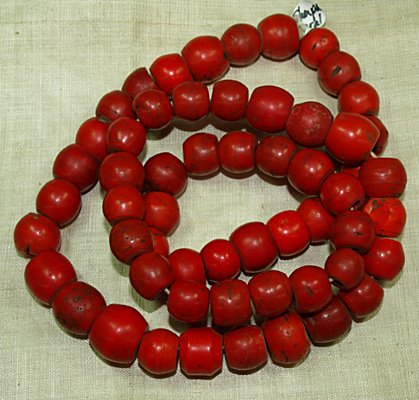FWP:
SETS == IZAFAT
COMMERCE: {3,3}
JIGAR: {2,1}
IZAFAT verses: {3,11x}; {4,9x}; {7,3}; {9,8x}, an odd case; {11,5x}; {13,7}; {15,11}**; {16,1}***; {16,2}; {18,1}; {18,5}*; {24,1}*; {24,5}; {25,9}; {33,2}*; {38,5}; {39,2}; {39,3}; {40,4x}; {41,2}; {49,6}; {49,10}; {53,4}; {56,2}; {57,6}; {61,7}; {64,8x}; {67,4x}; {68,6x}; {69,3x}; {71,3}*; {73,4x}; {74,3x}; {75,6}*; {75,7}; {77,2}; {79,5x}; {80,2}; {81,8x}; {81,10x}; {81,13x}; {90,4}; {91,14x}; {93,1}; {94,2}*; {96,5}; {98,5}*; {100,5}; {101,5}*; {112,8}; {117,5x}; {119,3}; {123,1}; {135,1}; {141,3}; {142,4x}; {145,8x}; {145,9x}; {151,3}; {152,4}; {158,3}; {164,12}; {169,3}; {172,5x}; {183,4}*; {196,4}; {202,3}; {206,2}; {211,2}; {220,2}; {223,1}*; {228,3}; {228,6}; {230,2} // {287x,6}*; {319x,7}; {321x,8}*; {385x,4}**; {389x,5}; {398x,1}
ABOUT the iẓāfat construction: The creatively complex use of the iẓāfat construction is one of Ghalib's favorite devices. Another example occurs in the next verse, {16,2}; see also {18,5}; {33,2} (where the range of possibilities is explained more carefully); {38,5}, {39,3}, {49,10}, and many others, such as those listed above. The iẓāfat form is used equationally in {173,8}. Just for interest, consider also {56,2}, in which the poet uses four iẓāfat forms in a row and is criticized for it by the commentators. (In {77,2} he uses five iẓāfat forms in one line, but they aren't all in a row, so nobody complains.) And then there's {71,3}, in which two (optional) iẓāfat forms are exploited to the fullest, to make one of the most radically multivalent verses in the world.
On the conspicuous ambiguity of, for example, ḳhayāl-e maḥbūb as both 'the beloved's thought' and 'the thought of the beloved', see {41,6}. For a grammatical analysis of the iẓāfat , see C.
M. Naim's account.
The divan version of this ghazal has no opening-verse; in the form in which it was originally composed, {16,6x} was its opening-verse, and {16,7x} was a second opening-verse.
Is the vadīʿat or trust
one given by the beloved's eyelashes, or one destined for
the beloved's eyelashes, or one that's associated with the beloved's eyelashes through identity, possession, or in some other (unspecified) way? Usually such choices aren't even mutually exclusive. After all, we know from
{10,2} what destiny the beloved's eyelashes
have in mind for the lover's drops of blood. And we know from {26,7}
that it's sometimes hard to tell who owes what to whom. But like a reliable
trustee, the lover must account for every tiny bit of the estate that he is
charged with administering. Every drop of the blood of the liver must be monitored
and reported on individually, for we know the possessive beloved will insist
on a detailed reckoning; for another such depiction see {113,3}.

Hali:
That is to say, blood keeps flowing from the eyes to such an extent, as if all the blood in the liver were a trust from the eyes of the beloved, and for this reason I will have to give an account of every drop of it-- the way one has to give an account of a trust.
==Urdu text: Yadgar-e Ghalib, pp. 139-40